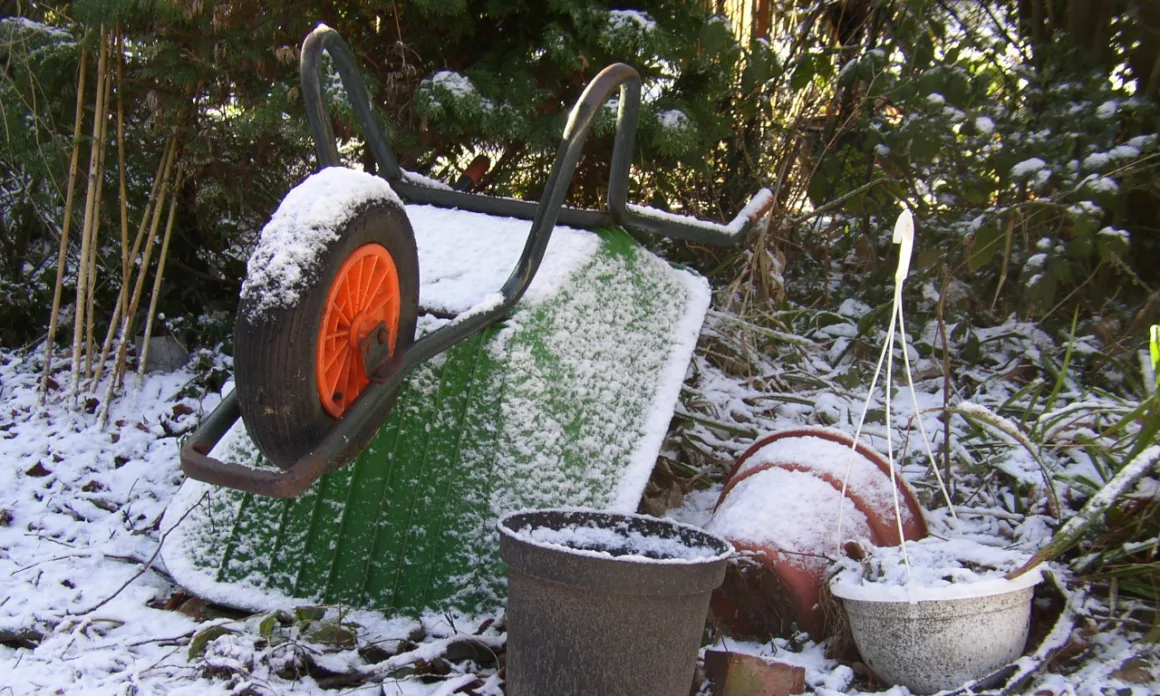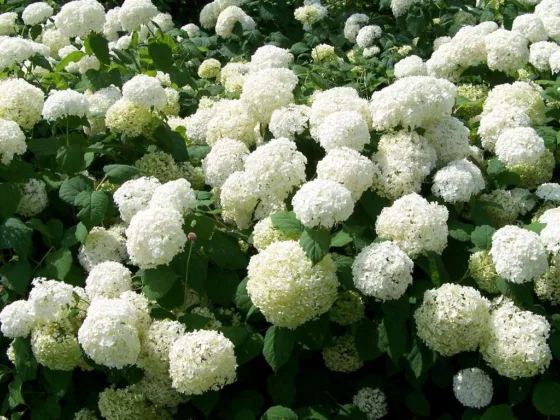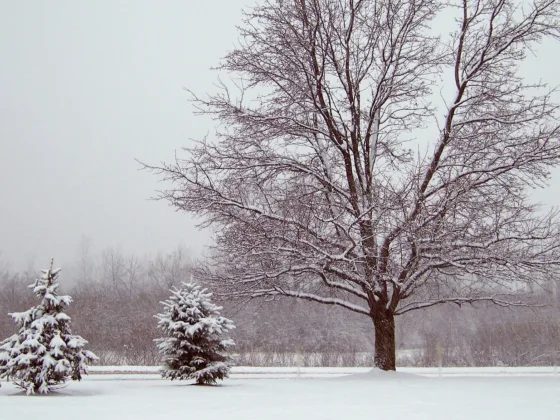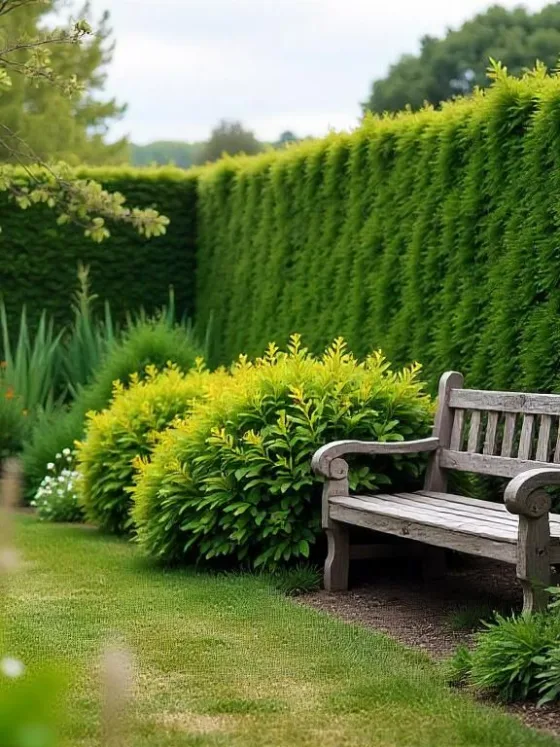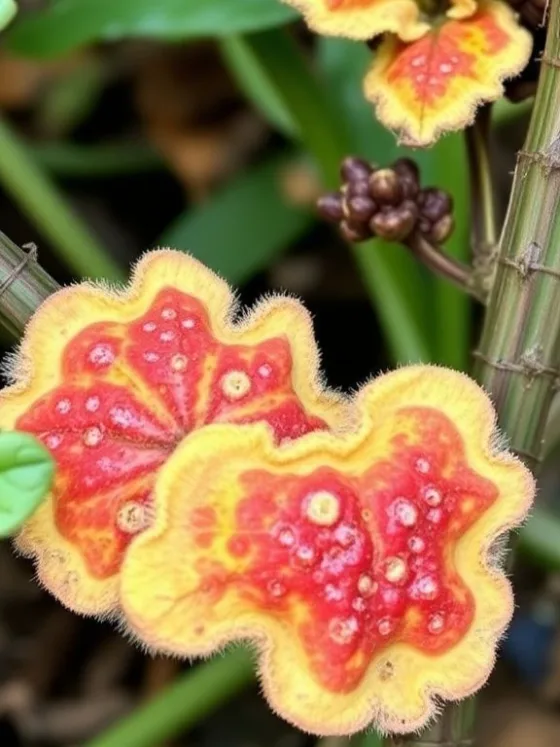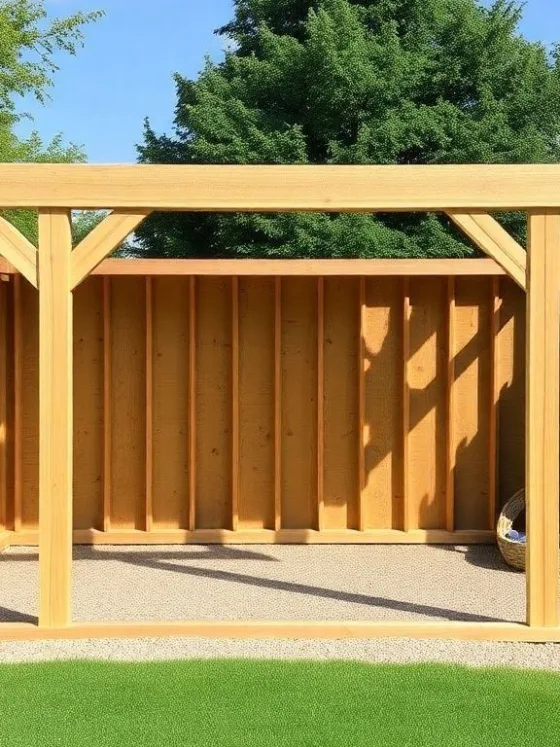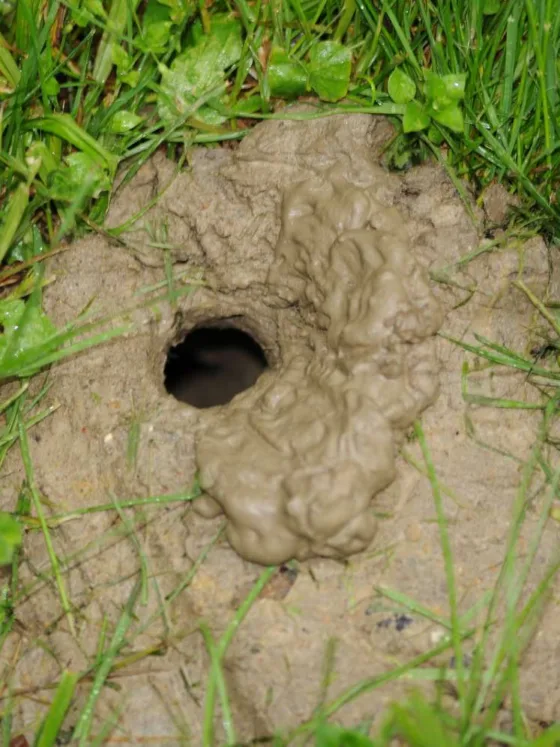I don’t know where the illusion first originated, but most non-gardeners live under the false perception that winter is a time of rest.
For a true Northscaper, this couldn’t be farther from the truth. Even during the busy holiday season, Northscapers are scanning the internet to see what is new.
Sometimes, it consumes us. We seem to have this perpetual desire to have our knowledge grow.

In the last week alone, I have received four flyers on courses and seminars about gardening and landscaping. What this really demonstrates is that we have a great desire to learn and grow.
Not just physically, as in seeds for planting out later in our gardens, but mentally as well. It is no longer a challenge to perform mundane tasks annually, as did our ancestors.
So by now, I hope that you have had time to take a winter walk through your gardens.
Did you like what you saw about your yard? If you answered no, then how can you improve upon it to make it more appealing in the winter? If you answered yes, was there hesitation? In either case, the solution you seek may be just around the corner.
Look around at the other yards in your neighborhood. Or, recall some of the yards you may have passed when going to the park or to work, especially the ones that stand out in your mind.
Ask yourself, “Why are they special?” The answer may be as simple as a color selection of the evergreens and the branches of the deciduous plant material.
It may also be as complex as the composition. If you cannot answer this question then take another closer look.
This is the old adage, “Keeping up with the Joneses.” Maybe you are one of the select few among us who are truly happy with your yard as it is.
Then again, maybe you are the Joneses, and to keep that status, you may need to further refine and improve – it’s just a suggestion, not a requirement.
Investigating what others may have, may help you to learn what you need or desire. It doesn’t have to be a costly venture. Winter affords us the time to think about things before we rush out to the garden center and buy something impulsively.
In the era of the internet, we can explore new products as they are described by the growers, and how well they did in trial sites.
Many botanical gardens and arboreta have extensive libraries online where you can learn about specific plants. Maybe you need a specific plant to do a certain job to improve your winter landscape.
It’s filled with a plethora of trees, shrubs, evergreens, and groundcovers suitable for any project. Finally, many of your local nursery and garden centers have their catalogs coming out.
If they are not online yet then stop in and see if they have the new 2005 copy available. If not, ask them to put you on a mailing list.

While you are there, you may also want to check out their seed selection early. Many of the newer varieties are snapped up quite quickly by avid gardener types.
Another point to remember is that not all seeds are successful when started in March. Many seeds like Delphinium, Lupine, and Lisianthus need to be started in January.
Read Also :
Germination times vary, so read the labels carefully. Also, some companies do not vary their seed planting descriptions for colder climates.
If in doubt, always check with the grower at the garden center where you shop, or the local Botany Department of a University or College near you, to see what they would suggest. You’d be surprised how different the times might be.
Another item to remember is that some varieties of seed do not like to be transplanted once they set some roots. Good examples are Sunflowers and Nasturtiums. It is always best to plant them in peat pots that will decompose as the plant gets larger. This will reduce the transplant shock when you finally do move them to the garden.
So now we have you thinking about spring and how you can turn your landscape into a true Northscape by giving winter some precedence, as well as having you look at some of the new things which you may want to plant in the spring or even start growing to get a better start on your garden. You can even get the whole family involved.
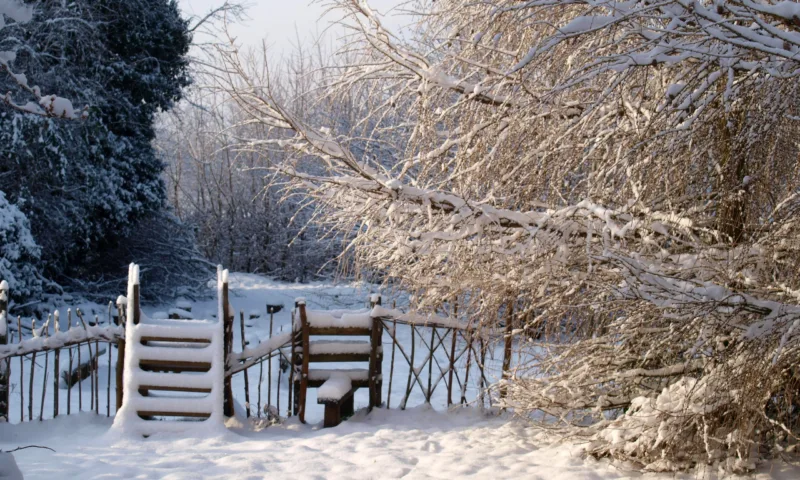
In the workshops that I teach on Home Landscaping, I usually give homework in the very first class. Everyone is to summarize what they would like to have in their yard, as well as the things which they utterly detest.
Sometimes, one may find that there is a plant that looks good in the winter but has a feature that they are opposed to and are unaware of. This is especially true for things that may drop seed, or defoliate annually.
It is not uncommon for Scots Pine (Pinus sylvestris) to drop all its needles after a harsh winter, leaving the evergreen bare for a couple of weeks until new growth emerges in the spring.
I personally don’t mind this, as it reminds me that the term evergreen is truly a misnomer, since the needles only last a year before they are replaced by new ones, even though the plant appears to be green perpetually.
Now is the time to do whatever research you can, because come spring, all you’ll want to do is get your hands dirty. You have the time and the kids are not likely running out of the house, so you can involve them by asking them what their opinions are.
Once you put it all together, you will have a basis from which you will be able to start the transformation process, redesigning your yard to make it more suitable for the family, and for the aesthetics which will provide you with pleasure across all four seasons. Growing couldn’t be easier.
